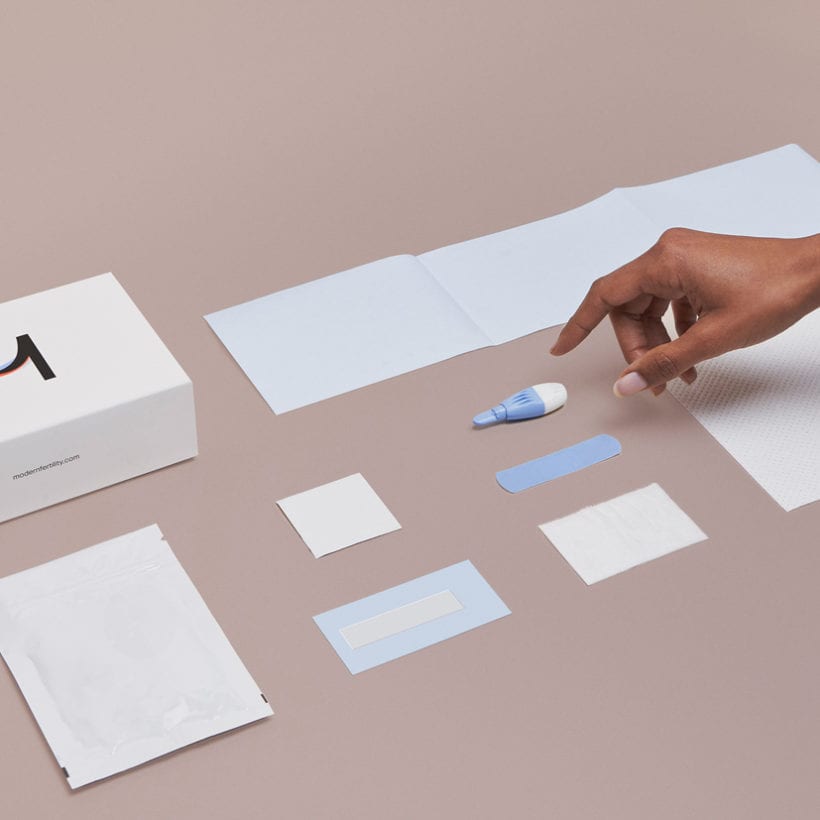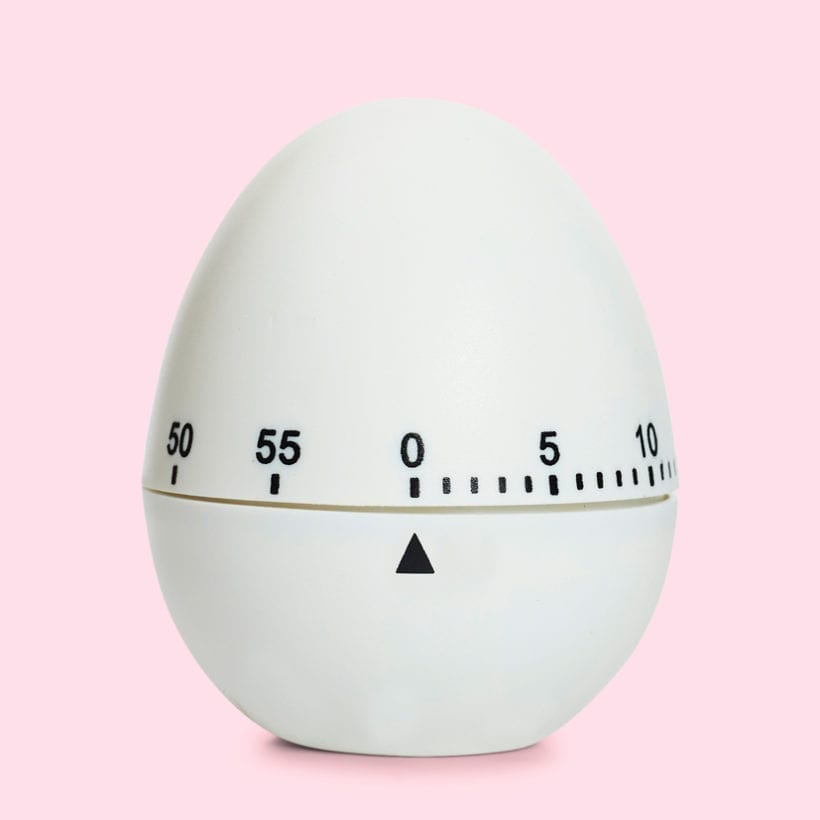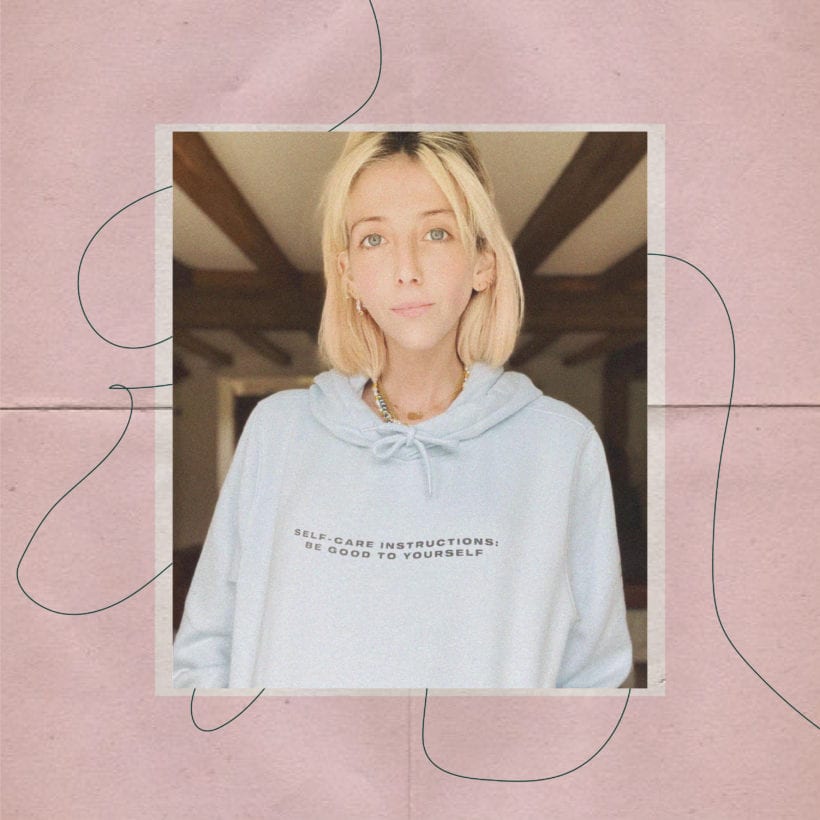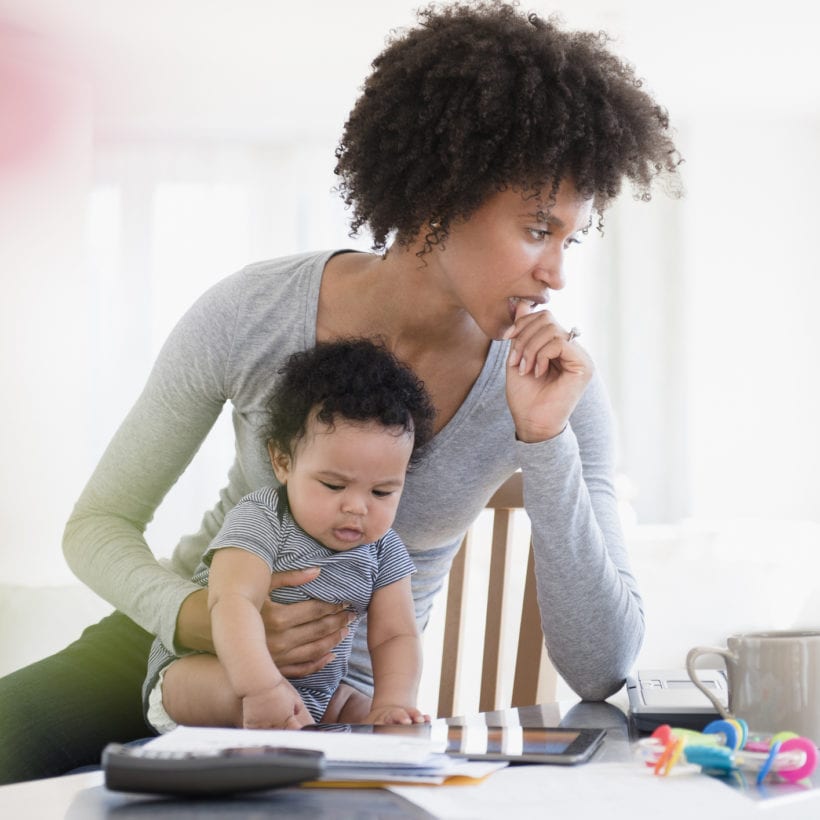Sarah Urbanski

Pre-pandemic, Sarah and her partner had plans to conceive by intrauterine insemination (IUI) using sperm from a known donor (someone they know personally). When it became clear that their donor was not going to be able to travel to the United States from abroad anytime soon, the couple pivoted their plans. Though the original hope was to keep the process as non-medical as possible, Sarah and her partner both underwent egg retrievals with the goal of expanding their fertility timeline. They also began to look for an alternative donor from a cryobank, which has been difficult because there is a sperm shortage at many cryobanks as a result of the pandemic (donors seem less willing to enter medical facilities to give their samples in the midst of a pandemic, and as The New York Times reported, demand for sperm has actually gone up). Sarah and I chatted on the phone, and her story is below.
Sunday Edit: What was your plan for having children before the pandemic hit?
Sarah Urbanski: Right after we got married in the fall of 2019, we really started looking at what we would want to do to start a family. That original plan was to work with a donor that we knew, so a “known donor,” to then be able to have the ability to both carry. We would then have the sperm for future pregnancies down the road for both of us to carry.
Part of our original plan was to do things as non-medically as possible. Once we had sperm [from the known donor] we wanted to do IUI at home or in a clinic, which is the least medically invasive way. We’re considered infertile simply because we are two women. So the lack of sperm is our fertility issue, but in every other aspect, we’re lucky enough to not have any specific issues that would cause infertility. So we’d hope to start that route because it’s less cost prohibitive, but it’s also less invasive.
Now we’ve committed to egg retrievals that really open up the door to do reciprocal IVF. We each have the egg retrieval and we would like to use the same sperm, it doesn’t really matter whose embryo would be implanted and we’re able to essentially swap those embryos. We wouldn’t be carrying at the same time, but we would each be able to carry the other’s embryo, having a little bit more connection to the pregnancy for each of us.
SE: How did you pivot your plan when it became clear that your donor wouldn’t be able to travel because of the pandemic?
SU: We had created all of the appointments for the donor to actually come to the United States in July of last year. So we had our genetic testing appointment, his initial medical appointments, and then all of his donation appointments. So we were hoping that over the course of a week he would come here and be able to get everything completed so that then we would be able to start the sperm quarantine process [Ed note: the FDA requires known donor sperm to be in quarantine for six months to rule out the possibility of infectious disease] and work on some of the legal ramifications of using the known donor. And so, because that did not happen due to Covid, in August we tried to buy ourselves more time because we were really committed to this donor. So what we ended up doing was pivoting to a bit more of a medical process.
Before we truly pivoted our plan to look at additional donors, we wanted to do everything to give ourselves the best likelihood that we could continue with our original plan with the known donor.
We each had two egg retrievals in the fall of 2020, and then come January of this year, we started to talk with our donor about the lack of clarity around Covid and the continued travel restrictions, and what that meant for us. We have so many unknowns still, and the pandemic is still very much a part of our lives, so in February, we began to look at additional [donor] opportunities with California Cryobank. We found out some genetic details about my partner [which means] have to be that much more intentional with the sperm that we choose, because we would use the same donor for all future pregnancies.
We actually did find a donor that [was a good fit]. Unfortunately, when we went to actually purchase the vials, they had sold out within 15 minutes prior to us calling.
At this point, we are refreshing that page multiple times a day, but we’re really in a holding pattern due to the continued travel restrictions with our original known donor, but also a lack of available sperm now at cryobanks across the country because of Covid. We’ve been told they have a third of what they typically have in terms of available sperm.
SE: How are you feeling mentally and physically?
SU: I think on any given day we’re trying to ride the waves of this because nothing has gone according to any of our plans. The need to pivot and be flexible has been brought to the forefront over the last year and a half of this process. We’re still absolutely committed to working this through and seeing if we are able to each carry a child. But we are really also trying to focus on the things in our life that we are able to control and enjoy in the absence of being able to move forward with our fertility journey [which will entail either their known donor being able to travel to the United States, or finding a sperm match that’s both available and a genetic fit for Sarah’s partner].
SE: Is there any advice that you would give to other people that are in your situation?
SU: It’s really tough to be able to offer advice because everyone’s story is so different and very nuanced, but I think providing a space for you to feel your feelings at any given moment is really important, and having a community that is as inclusive and understanding about this process as possible. Because so many people go through a fertility journey that is not just the typical attempting to conceive and doing it very quickly.
We’ve been really grateful for over the last year and a half knowing how many people are open with us about sharing their stories and normalizing conversations about fertility and infertility and all of the ways that people create a family.
These interviews has been lightly edited and condensed.







